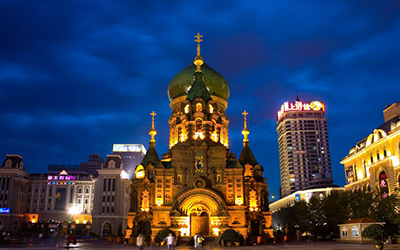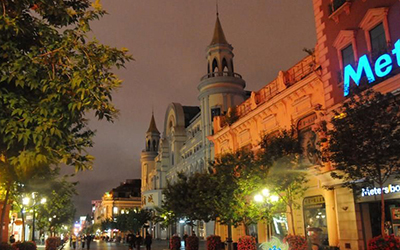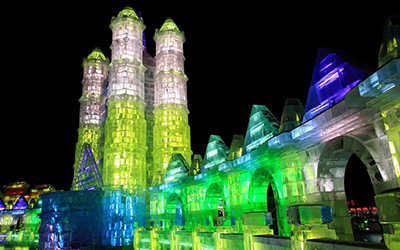Why study in Harbin

Harbin Facts
Heilongjiang Province, the most northeast part of China, when viewed on a map has the shape of a swan. Its capital city is Harbin, which is located south of Heilongjiang. Not only for its special position, but also as the center of Heilongjiang's political, economic, educational and cultural life, Harbin is described as the pearl beneath the swan's neck. Lying on the east of the Songnen Plain, what is more, Harbin plays a vital role in communications between South and North Asia as well the regions of Europe and the Pacific Ocean.

Economy
Harbin, the capital of Heilongjiang Province, is the political, economic and cultural center of Northeast China. In 2006, it became a ''Provincial Garden City'' and ''Chinese Tourism City'' and won the title ''National Top 100 City for Investment Environment''. The Songhua River runs through the north quarter of Harbin and then heads north through to Russia where it joins the Amur River, eventually emptying out into the Strait of the Sea of Japan. Harbin is China's coldest city, and its picturesque Russian-influenced architecture reinforces the city' s image as the country' s snow and ice capital. Thousands flock to the annual Harbin Ice Festival, where sculptors from all over the world come to participate and build fantastic ice lanterns and sculptures.

Tourism Destination
Harbin was little more than a small fishing village until the turn of the last century, when the Russians reached agreement with the Qing dynasty government to allow the Chinese Eastern Railway to pass through Chinese territory. Harbin became a major transit point, and its future was transformed. After the 1917 Russian Revolution, thousands of Russians settled in Harbin and set up businesses there, giving the city a Russian character that it has never lost. The immigrants made their mark across the whole city, affecting the culture, the food and most noticeably the architecture: the majestic St. Sofia Church could have been lifted straight out of St Petersburg. As transport connections flourished, immigrants from numerous countries added to the mix, bringing English architecture, French fashion and Japanese food to name but three of their imports. The city assimilated the various cultures, to become a modern cosmopolitan ''Oriental Paris''.
 :
:


